 |
|
| ....."Pax Romana" - the Roman "peace", signifying state institutions and the associated culture and way of life it had promoted - was to dominate the broader Euromediterranean region for well over half a millenium, and in a modified form for even much longer. Many of its products remain a permanent legacy of our civilization, and it's no wonder that interest in it remains high today. This applies among other things to collectible coinage as well. Indeed, the Roman monetary economy was a booming one, with mints producing at one time 2.5 million silver pieces a month - and the surviving portion of that allows for an affordable glimpse into this bygone world. The Roman numismatic series comprises usually several sections, like the Republican, Roman Imperial and Greek Imperial (issues of provincial mints, typically with Greek inscriptions). Also, the late Roman coinage has in many ways a fluid boundary - not unlike the state institutions altogether - with that of the Byzantine Empire. All of these are covered below, divided into chronological groups that also include provincial issues; occasional Roman coins may additionally be found in certain Greek thematic sections. | |
Republic
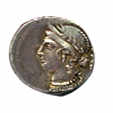
Twelve Caesars I 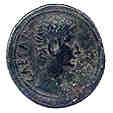
Twelve Caesars II 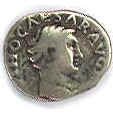
Adoptive Emperors I 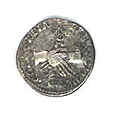
Adoptive Emperors II 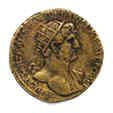 |
Severans I
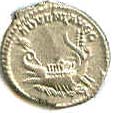
Severans II 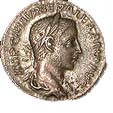
Anarchy to Tetrarchy I 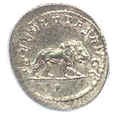
Anarchy to Tetrarchy II 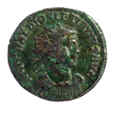
Christian Empire I 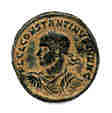
Christian Empire II 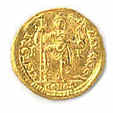
|
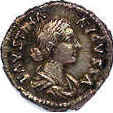 From sinners to saints, misstresses to matriarchs - the gallery of Roman Imperial women is at once rich and revealing. To be sure, we know much more about the lives of a relative handful of powerful individuals, as opposed to the vast and obscure body of anonymous Romans of both sexes. Yet, as in the Imperial locus the old Roman aristocracy was gradually replaced by an increasingly provincial and militaristic meritocracy of often humble origins, so do their life tales tend to reveal a more representative cross-section of this complex society. And as usual, the nature of the Roman monetary system as a vehicle of public propaganda allowed much of this to be mirrored on coinage. The frequency of their appearance, the selection of titles that accompany them, the choice of symbolic reverse types - all these open an interesting window on ancient Roman women and the society that they lived in. From sinners to saints, misstresses to matriarchs - the gallery of Roman Imperial women is at once rich and revealing. To be sure, we know much more about the lives of a relative handful of powerful individuals, as opposed to the vast and obscure body of anonymous Romans of both sexes. Yet, as in the Imperial locus the old Roman aristocracy was gradually replaced by an increasingly provincial and militaristic meritocracy of often humble origins, so do their life tales tend to reveal a more representative cross-section of this complex society. And as usual, the nature of the Roman monetary system as a vehicle of public propaganda allowed much of this to be mirrored on coinage. The frequency of their appearance, the selection of titles that accompany them, the choice of symbolic reverse types - all these open an interesting window on ancient Roman women and the society that they lived in.
|
|
|
|
|
Go to Site Map
Copyright: © 1998-2007 RUDNIK Numismatics
All rights reserved.